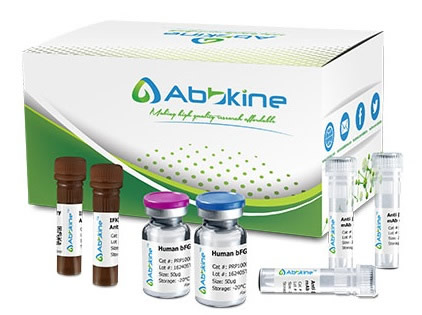The mouse Ubr1 protein is a 1,757-residue, 200-kD protein that contains regions with sequence similarity to the 225-kD UBR1 protein of S. cerevisiae. There are apparent UBR1 homologs in other eukaryotes, thus defining a distinct family of proteins, the UBR family. The residues essential for substrate recognition by the yeast UBR1 protein are conserved in the mouse Ubr1 protein. Regions of similarity among the UBR family members include a putative zinc finger and RING-H2 finger, another zinc-binding domain. Northern blot analysis detected ubiquitous expression in human and adult mouse tissues, with highest levels in skeletal muscle and heart. In mouse embryos, in situ hybridization showed that Ubr1 expression is highest in the branchial arches and in the tail and limb buds.
Human E3 ubiquitin-protein ligase UBR1 (UBR1) ELISA Kit employs a two-site sandwich ELISA to quantitate UBR1 in samples. An antibody specific for UBR1 has been pre-coated onto a microplate. Standards and samples are pipetted into the wells and anyUBR1 present is bound by the immobilized antibody. After removing any unbound substances, a biotin-conjugated antibody specific for UBR1 is added to the wells. After washing, Streptavidin conjugated Horseradish Peroxidase (HRP) is added to the wells. Following a wash to remove any unbound avidin-enzyme reagent, a substrate solution is added to the wells and color develops in proportion to the amount of UBR1 bound in the initial step. The color development is stopped and the intensity of the color is measured.
Human E3 ubiquitin-protein ligase UBR1 (UBR1) ELISA Kit listed herein is for research use only and is not intended for use in human or clinical diagnosis. Suggested applications of our products are not recommendations to use our products in violation of any patent or as a license. We cannot be responsible for patent infringements or other violations that may occur with the use of this product.
bio-equip.cn




